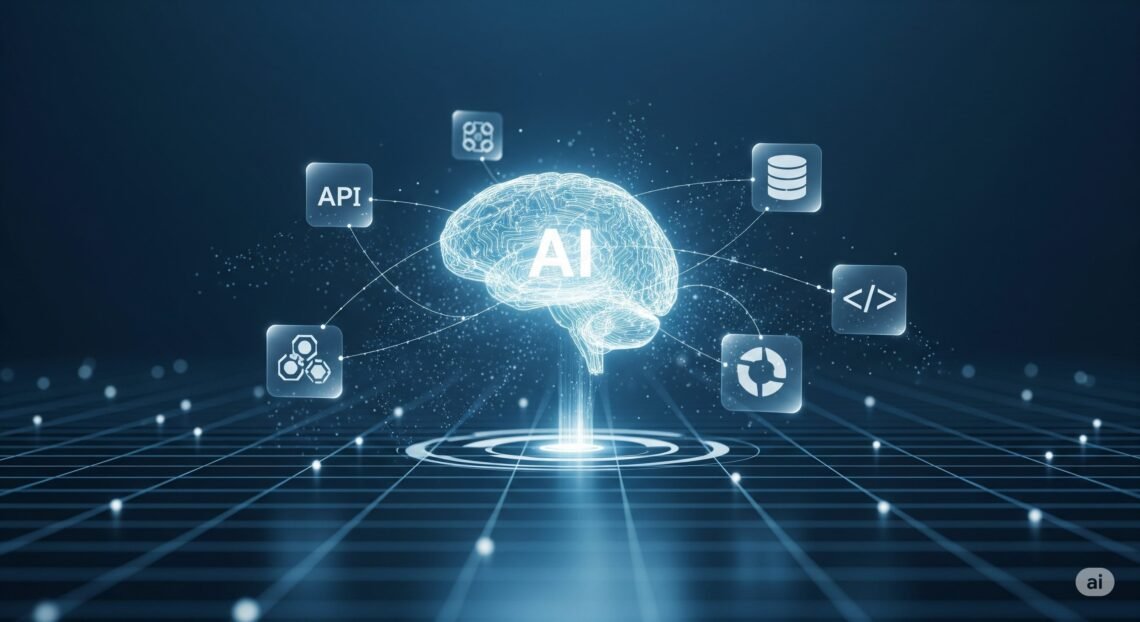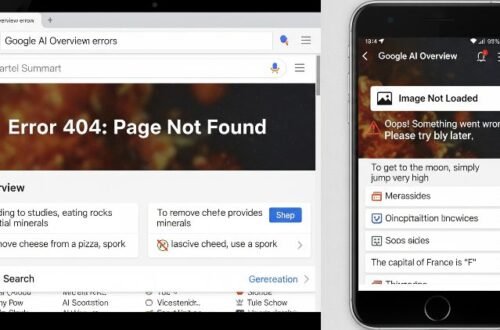The evolution of large language models (LLMs) is rapidly shifting from pure text generation to sophisticated, interactive problem-solving. In a significant move that underscores this trend, Anthropic has officially launched its Tool Use feature for the entire Claude 3 model family. This development moves Claude beyond being a powerful conversationalist and transforms it into an active agent capable of interacting with external systems, APIs, and real-time data sources. For developers and businesses, this unlocks a new frontier of automation and creating more dynamic, helpful AI applications.
What is Tool Use and How Does It Work?
At its core, Tool Use (also known as function calling) gives an LLM the ability to connect to and operate external tools. Think of it as providing the model with “hands and eyes” to interact with the digital world beyond its static training data. Instead of just talking about what to do, Claude can now take concrete steps to get things done by leveraging developer-defined capabilities.
The Core Mechanism
The process follows a clear, structured workflow orchestrated between the developer’s application and the Claude API:
- Define Tools: A developer provides Claude with a list of available tools, including detailed descriptions of what each tool does and the specific parameters it requires (e.g., a
get_weathertool needs alocationparameter). - Intelligent Selection: When a user makes a request, Claude analyzes the prompt and intelligently decides if a tool is needed. If so, it selects the most appropriate one from the provided list.
- Structured Output: The model doesn’t execute the tool itself. Instead, it generates a highly reliable, structured JSON object containing the name of the chosen tool and the necessary arguments extracted from the user’s query.
- Execution and Observation: The developer’s application receives this JSON, parses it, and executes the corresponding function or API call.
- Informed Response: The result from the tool (e.g., the weather data) is sent back to Claude, which then uses this new information to provide a final, contextually aware, and accurate answer to the user.
Key Capabilities and Advantages of Claude’s Approach
Anthropic’s implementation of Tool Use is designed for reliability, accuracy, and scalability, making it a compelling option for building robust AI systems.
- High Accuracy and Reliability: One of the biggest challenges with tool-using models is ensuring they choose the right tool and provide the correct parameters. According to Anthropic, the Claude 3 models achieved a 90.7% accuracy rate on a robust, open-source tool use evaluation, demonstrating a strong ability to understand and act on user intent correctly.
- Complex, Multi-Step Reasoning: Claude is not limited to single tool calls. It can orchestrate complex, multi-step tasks by chaining several tool calls together in a logical sequence. For example, a single prompt to “plan a weekend trip” could trigger sequential calls to a flight search tool, a hotel booking API, and a restaurant reservation system.
- Broad Availability and Integration: The feature is available across the entire Claude 3 model family (Haiku, Sonnet, and Opus), allowing developers to choose the right balance of cost, speed, and intelligence for their needs. It is also accessible through the Anthropic Messages API and on platforms like Amazon Bedrock and Google Cloud’s Vertex AI.
Practical Applications: From Theory to Reality
Tool Use transforms abstract possibilities into tangible business solutions. Here are a few practical examples of how it can be applied:
- Customer Service Automation: An AI chatbot can use tools to access a company’s internal databases to check order statuses, process refunds, or update customer information in a CRM, providing instant, actionable support.
- Intelligent Data Analysis: A business analyst can ask Claude questions in natural language, such as “What were our top-selling products in the UK last quarter?” Claude can translate this into a structured query for a database tool, retrieve the data, and present a summarized analysis.
- Personalized Productivity Assistants: An AI assistant integrated with your calendar and email can schedule meetings, draft responses, and manage your to-do list by interacting directly with Google Workspace or Microsoft 365 APIs.
- Real-Time Information Retrieval: A research application can use a web search API tool to gather the latest news or scientific findings on a topic, ensuring the information provided to the user is current and well-sourced.
Getting Started with Claude’s Tool Use
Anthropic has provided comprehensive resources to help developers integrate Tool Use into their applications quickly.
The Essentials
The first step for a developer is to define their available tools using a specific schema. You describe the tool’s name, its purpose, and the input schema it expects. Claude then uses this information to generate the correct JSON output when it determines the tool should be used. The application code is responsible for listening for this JSON, executing the function, and returning the result.
Helpful Resources
To begin building, developers can explore these official resources:
- Official Tool Use Documentation: The definitive guide with technical details, code examples, and best practices.
- Anthropic’s Announcement Post: Provides a high-level overview and examples of the feature’s capabilities.
- Anthropic Cookbook on GitHub: A practical Jupyter notebook with hands-on examples of tool use.
Ethical Considerations and Best Practices
Giving an AI the ability to perform actions introduces important ethical and security considerations. Developers must build with safety and transparency in mind.
- Security and Control: Never grant an AI tool access to execute commands that could be destructive (e.g., deleting files or databases) without a human-in-the-loop confirmation step. Follow the principle of least privilege, giving tools only the permissions they absolutely need.
- Data Privacy: Be transparent with users about what data is being accessed by a tool and why. Ensure that any personal or sensitive information is handled securely and with user consent.
- User Confirmation: For any tool that performs an irreversible or costly action-like making a purchase or sending an email-always implement a final confirmation step where the user must explicitly approve the action before it is executed.
Conclusion: The Future of Agentic AI
Claude’s Tool Use feature is more than just a new capability; it’s a foundational building block for the future of agentic AI. By bridging the gap between language understanding and real-world action, LLMs are evolving into true co-pilots and assistants that can manage complex workflows and automate tasks on our behalf. This shift promises to make our interactions with technology more natural, efficient, and powerful, paving the way for a new generation of AI applications that are deeply integrated into our daily personal and professional lives.





